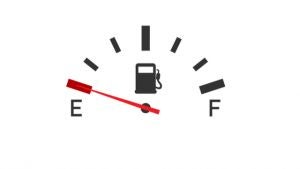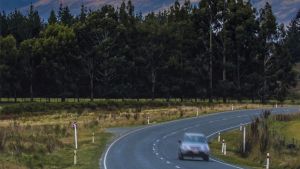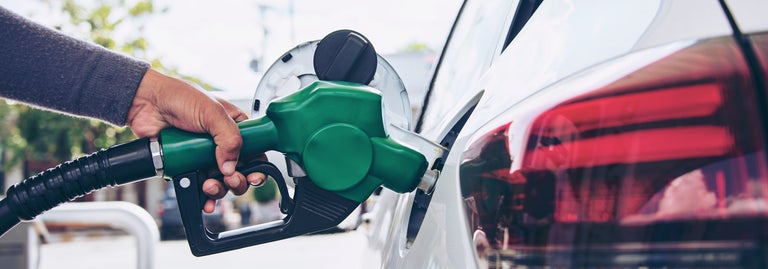Kiwis love to drive and, according to the AA, around 3.4 million of us hold a driver’s licence. A recent survey conducted by AA Insurance found only 23% of Kiwis use public transport on a weekly, fortnightly or monthly basis, and 64% of respondents said they got behind the wheel every day.
Each time you start your car the needle on that fuel gauge is heading in one direction. Judging by the amount we like to drive, these fuel-saving tips Canstar has compiled could come in handy.
Have aerodynamics in mind
Wind resistance increases fuel consumption. Aim to keep your windows closed at high speeds, and remove roof racks and boxes when you don’t need them, to eliminate unnecessary drag.
 Air-con use
Air-con use
Air conditioning increases fuel consumption, and can use up to 8% more fuel while you’re driving. If it’s a hot day, use the air conditioning for high-speed driving, but open the windows around town when driving at lower speeds. Other features, like the rear window demister, can also be a drain on fuel, so make sure you switch them off once they’ve done their job.
Be a smart driver
- Avoid idling. Turn your car off if you’re going to stop for more than 30 seconds. (Unless you drive an electric vehicle or your car is fitted with stop-start technology!)
- On hills, lift off the accelerator as you crest the hill and use the car’s momentum to get you over the top. Build up speed before an uphill stretch.
- On speed bumps, slamming the brake hard, accelerating, then braking for the next speed bump is inefficient and uses extra fuel. Aim to drive along at a steady, low speed instead. In general, the less braking and acceleration, the less fuel used.
- Reduce weight in the car. A lighter car will use less fuel, so avoid driving with unnecessary items in your boot.
- Don’t speed! As well as keeping yourself and others safe, by travelling at 100km/h instead of 110km/h, you can cut around 13% off your fuel bill, according to the AA.
Maintenance
- Get your car serviced regularly to maintain its engine’s efficiency and make sure you’re using the correct engine oil.
- Check your tyre pressure monthly. Low tyre pressure can force your vehicle to work harder to overcome road resistance, increasing fuel consumption and impacting on handling and braking.

Fill up sooner rather than later
Your low fuel light is on but you’ve convinced yourself you can do a couple of extra kilometres before filling it up. It’s a seemingly harmless habit, but it can waste your money in more ways than one.
Driving with the low fuel light on means you likely can’t comparison-shop for the cheapest gas price, and will end up at the nearest station, which could also be the most expensive.
Freewheeling actually doesn’t help either – the habit some drivers have of letting the car coast out of gear to save fuel. Most modern cars actually use more petrol out of gear than they do in gear, as long as the accelerator isn’t being touched.
Running out of fuel can also lead to a lot more than an embarrassing call for help if you get stuck on the side of the road, it can actually damage your car. If you run out of petrol, your fuel pump can suck in the dirt on the bottom of the tank, clogging it, which could result in a costly replacement. So, fill ‘er up!
How much fuel are you currently using?
Energywise NZ recommends finding out how much fuel your vehicle is using if you want to improve your fuel economy. Your car might have an electronic fuel consumption meter, which can display either average or real-time fuel consumption in litres/100km. If it doesn’t, you can easily calculate the average yourself:
- Reset the trip meter before you drive off after you fill your tank
- Drive as normal, and when the car is nearly empty again, fill it up and keep your fuel receipt, it shows how many litres you bought
- Back in your car, note the km recorded on your trip meter (the distance travelled on that tank of fuel)
- Work out your fuel economy in litres per 100km. Divide the number of litres of fuel required to refill the car by the distance travelled, then multiply by 100. For example, your car took 50 litres to fill and you travelled 500km: 50/500 x 100 = 10 litres per 100km.
The smaller the number of litres used, the better your fuel economy.
Compare car insurance providers for free with Canstar!
Sign up to receive more tips like this straight to your inbox.
By subscribing you agree to the Canstar Privacy Policy


Share this article